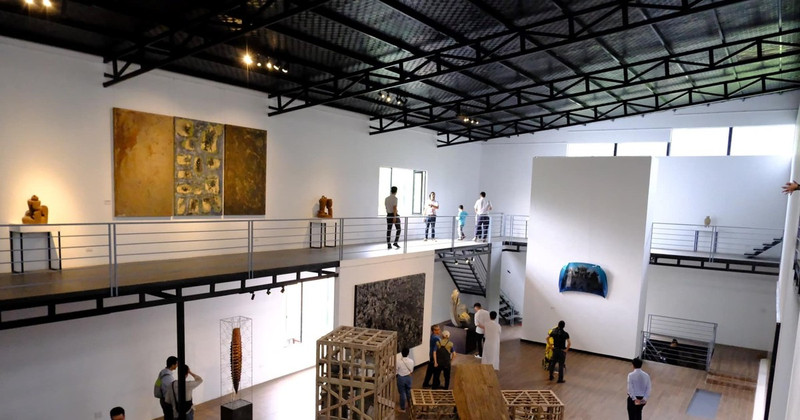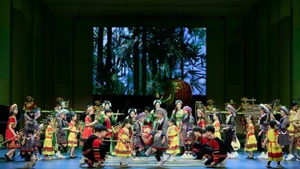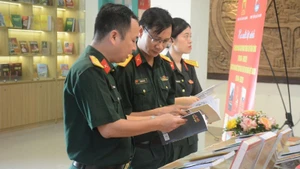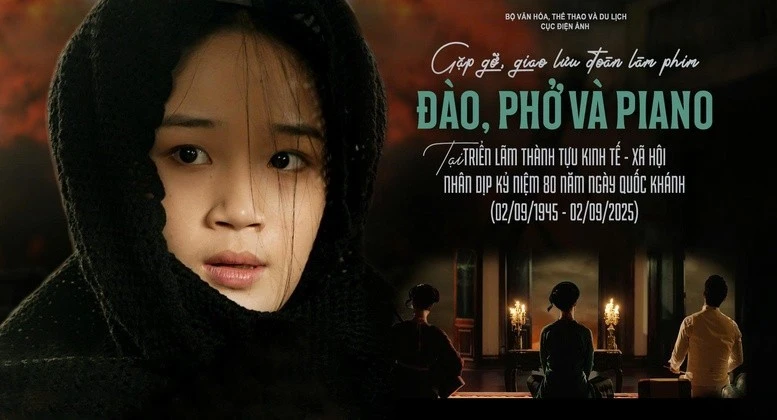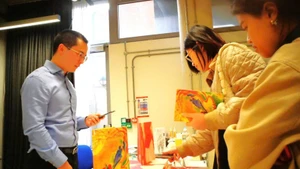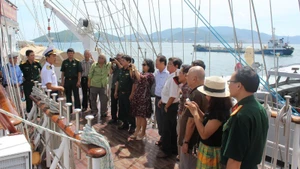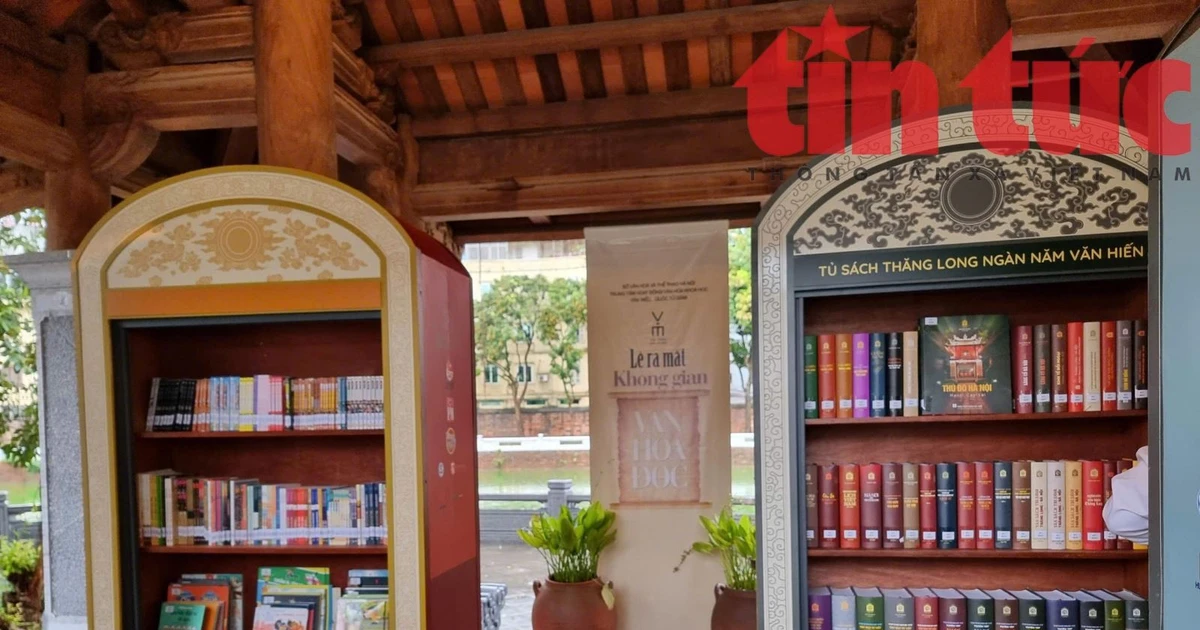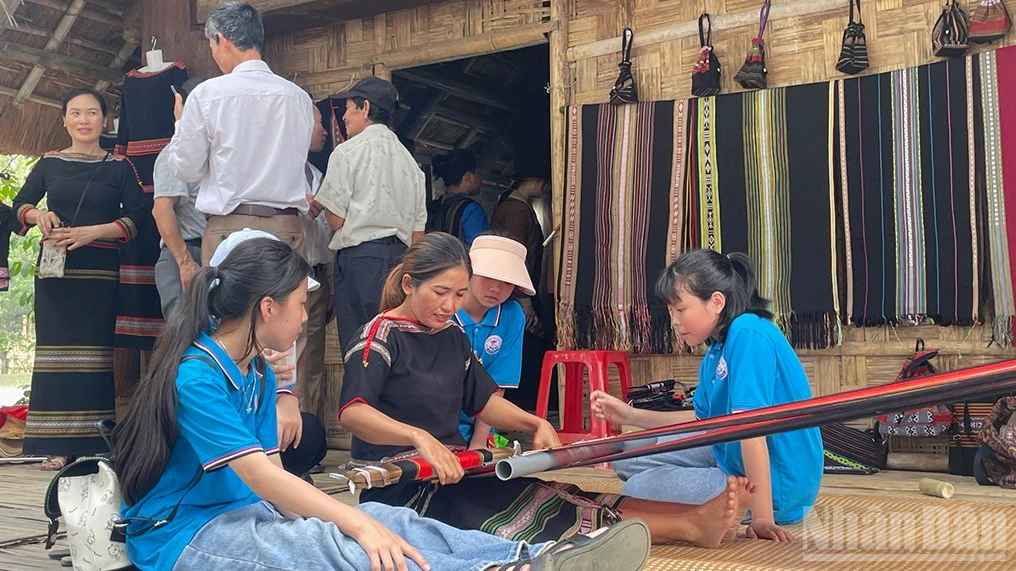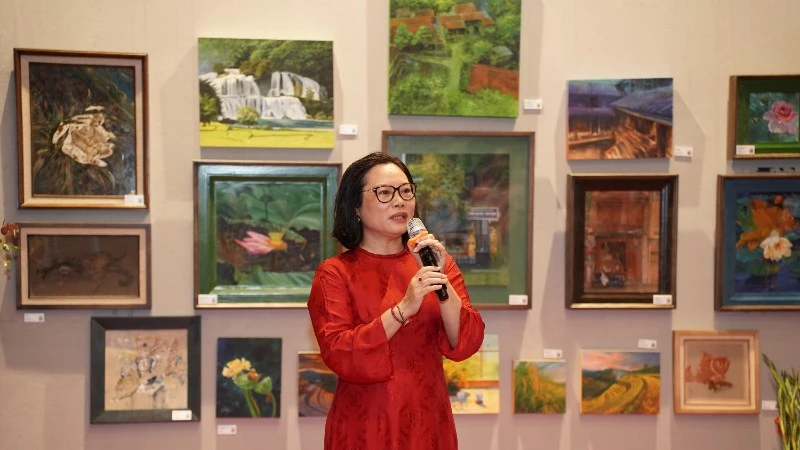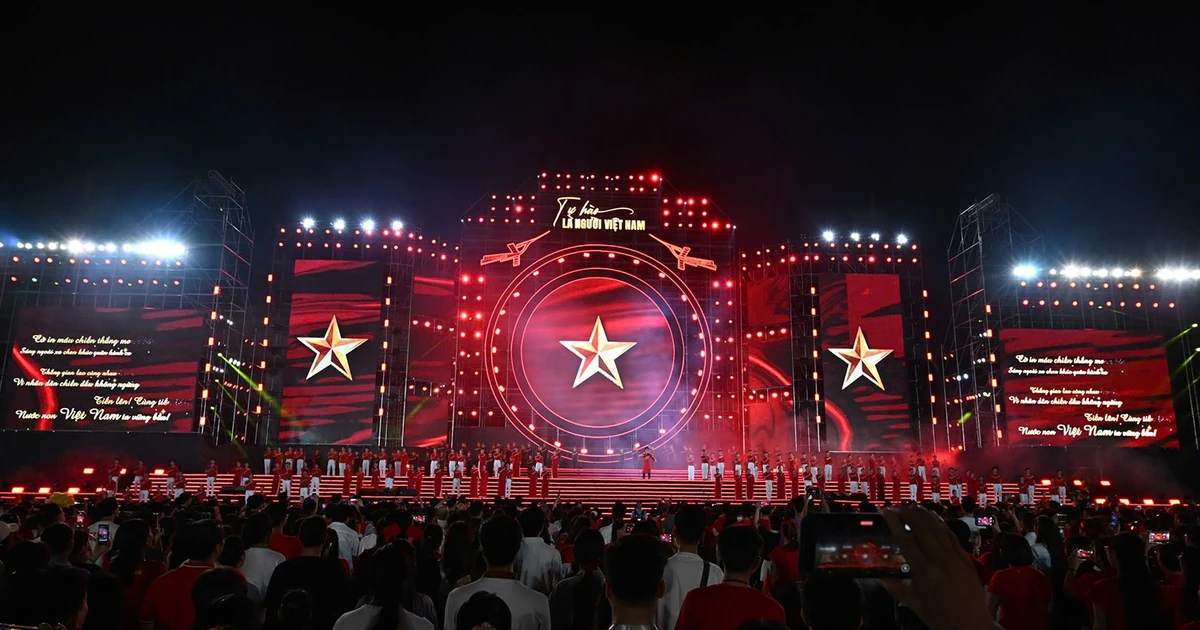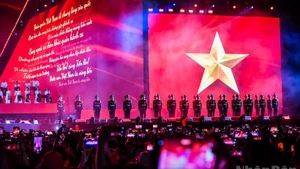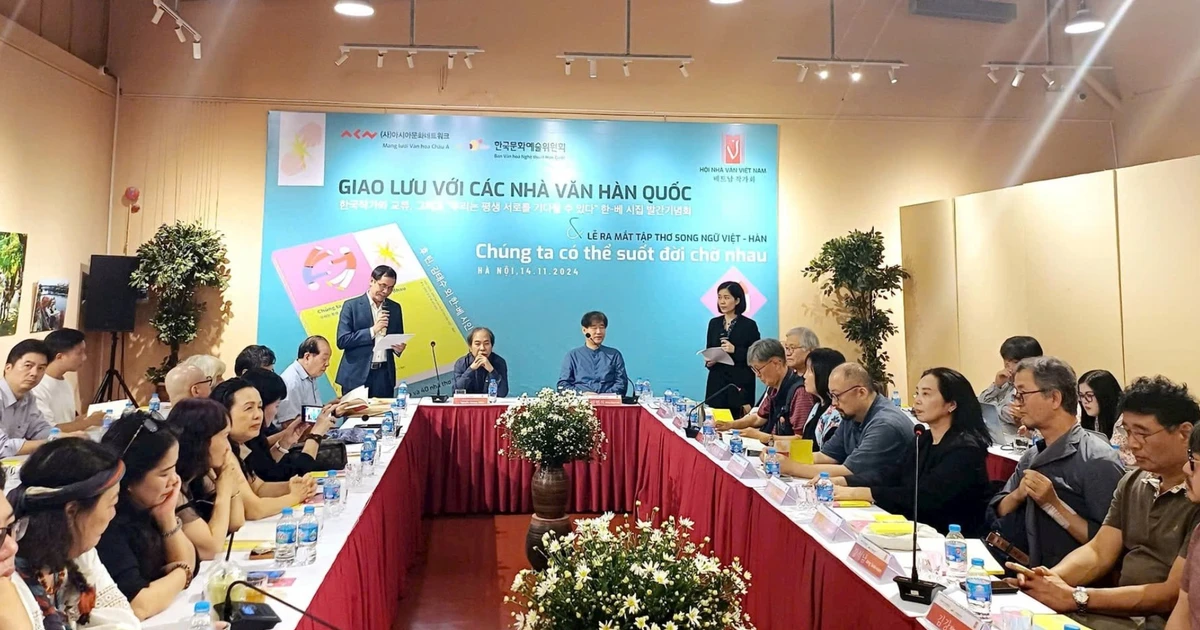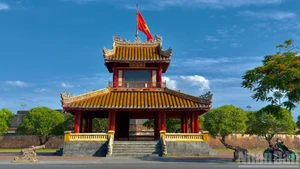Localities such as Bac Ninh, Hai Phong, Hoa Binh, Ninh Binh, Hue, Hoi An, Vung Tau, and Kon Tum are now showing signs of emerging art spaces, increasing interaction among artists across regions as well as between artists and local audiences.
Blurring the “centre-periphery” boundary
Thanks to their unique geopolitical and cultural positions, Ha Hoi and Ho Chi Minh City are home to leading fine arts universities, public museums, large-scale privately-run contemporary art centres, and numerous private galleries. These cities host countless events and exhibitions — from solo and group shows to state-organised and international exhibitions — creating a vibrant and colourful art scene. Additionally, the active art market has attracted international auction houses and related activities.
This dynamic environment exerts a strong pull, drawing talent to settle and build careers in these urban hubs. At the same time, competition and saturation have inspired many individuals and organisations to take bold steps toward establishing new art destinations elsewhere.
In the latter half of April 2025, a new contemporary art exhibition building, covering more than 2,000 square metres and boasting a modern design with striking spatial transitions, opened in Hoa Binh Province. This space was developed by the Muong Cultural Space Museum and is located on its grounds. The organisers aim to establish a long-term platform for regular cultural exchange between traditional local culture and contemporary creativity. The grand opening featured works by 18 artists from across the country, encompassing painting, sculpture, and installation art, offering audiences a rich and varied experience. On May 18, musician Duong Thu and the Ha Noi-based Saturday Coffee programme organised their first "art bus trip" from Ha Noi to the museum and the contemporary art space.
Elsewhere, individuals and organisations in other provinces are also showing renewed interest in the visual arts, creating exhibition spaces that connect artists with the public. For instance, the Le Ba Dang Memory Space on the outskirts of Hue — after six years of focusing on showcasing the legacy of the late master artist Le Ba Dang (1921–2015) — has expanded its scope to become a meaningful venue for interaction between his heritage and promising Vietnamese artists. The first event in this new direction is a solo exhibition by a contemporary artist from Ho Chi Minh City, running from May 10 to June 8, 2025.
In Quang Ninh, a diversified business group launched an art exhibition space in summer 2024, inviting submissions from artists nationwide. Bac Ninh recently saw the opening of its first private gallery, which boldly includes works by foreign artists residing in Viet Nam.
In Hoi An, more and more artists and investors are opening studios, art cafés, and creative spaces that welcome both locals and international tourists.
Most recently, Le Kinh Tai — a prominent figure in Viet Nam’s contemporary art — announced plans to open his personal art venue in Dak Ha District, Kon Tum Province. The site will serve as both a residence and studio, showcasing 30 years of his artistic journey. It will also feature three guest rooms for short-term artist-in-residence programmes supporting young artists and collectives. The venue is set to open on May 27.
Fostering new creative momentum
Art’s appeal is both evident and mysterious — a unique aesthetic experience shaped by personal age, awareness, life experience, and aspirations. While fine arts can be selective in its appeal and ownership, it consistently exerts a magnetic pull across diverse social groups.
Sculptor Dao Tan, after years of renting studio space near Ha Noi, has chosen to "resettle" in his hometown in Hai Duong Province. Thanks to improved transport infrastructure, it now takes far less time to travel to major cities, especially Ha Noi, for networking, meeting collectors, and attending exhibitions. Returning home and establishing a permanent studio has brought him a refreshing sense of peace and sparked new creative plans, including opening his studio to the public, fellow artists, and visitors from other regions. Dao Tan was the grand prize winner at the 2017 National Young Fine Arts Festival.
From a few red dots representing major art hubs on Viet Nam’s conceptual art map, it can be seen that many more bright spots appearing across the country today. This beautiful reality, led primarily by the efforts of private entities and dedicated individual artists, highlights the vast potential for spreading aesthetic values throughout the nation.
